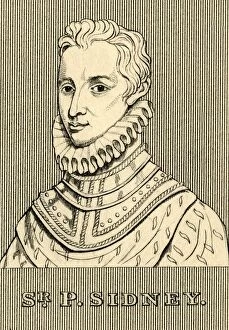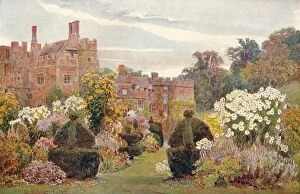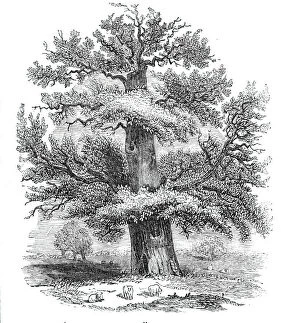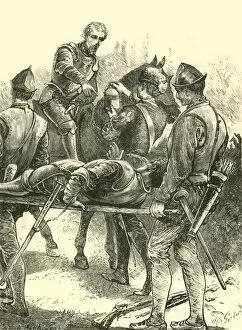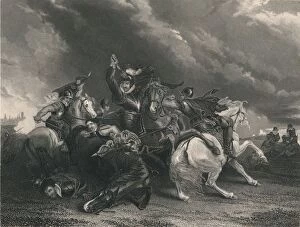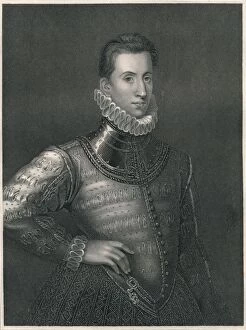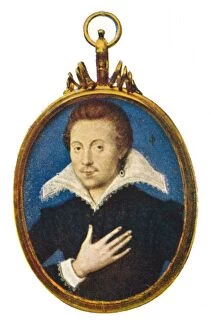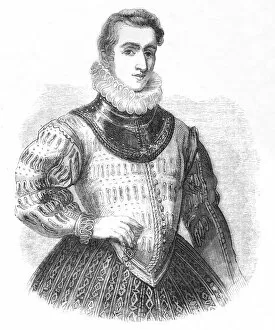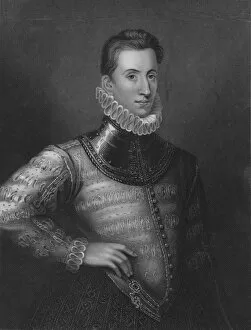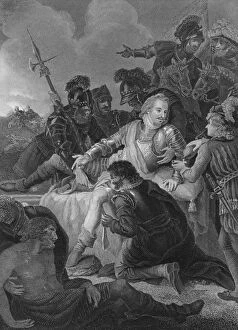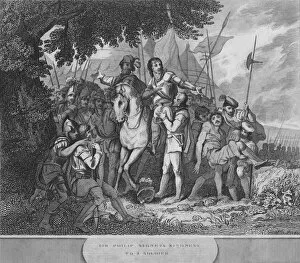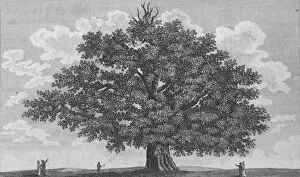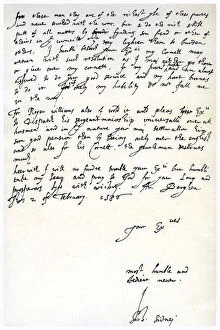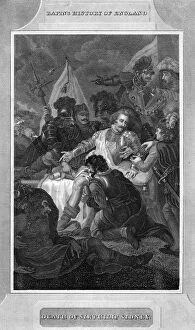Philip Sidney Collection
Sir Philip Sidney, born in 1554 and tragically taken from the world in 1586, was an English poet and courtier
For sale as Licensed Images
Choose your image, Select your licence and Download the media
Sir Philip Sidney, born in 1554 and tragically taken from the world in 1586, was an English poet and courtier. His legacy lives on through various portraits and memorials that capture his essence. One such portrait, created in 1830 by an unknown artist, showcases Sir P. Sidney's noble countenance. Another engraving depicts his favorite chair, a symbol of comfort amidst the chaos of court life. Sidney's education began at Shrewsbury Grammar School in 1845; although the creator remains unknown, it is clear that this institution played a crucial role in shaping his brilliant mind. The Sydney Oak at Penshurst stands tall as a testament to his connection with nature - its majestic presence captured beautifully by an anonymous artist in 1844. The Courtyard at Penshurst transports us back to c1870 when Sir Philip Sidney once walked these hallowed grounds. A memorial dedicated to him can be found at the Schools of Shrewsbury; its origins date back to the early twentieth century but still evoke admiration for this remarkable man. The Battle of Zutphen holds great significance for Sir Philip Sidney's story. An image from 1890 portrays him during this fateful event while another artwork from the early-mid nineteenth century depicts Sir William Russell fighting alongside him. In c1907, a poignant painting titled "Sir Philip Sidney and the Dying Soldier" captures both his bravery on the battlefield and compassion towards fellow soldiers. Jacobus Houbraken immortalizes him further with an artistic rendition dating back to c1744 (1894), showcasing not only his military prowess but also statesmanship and poetic brilliance. Sir Philip Sidney may have lived centuries ago, but he continues to inspire generations with his indomitable spirit and literary contributions that transcend time itself.


